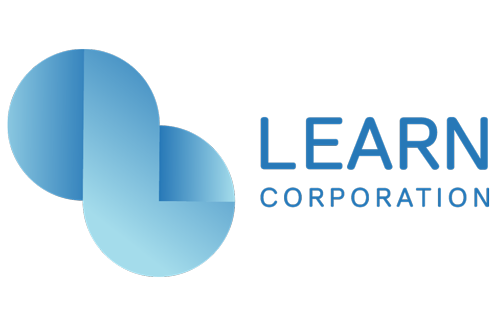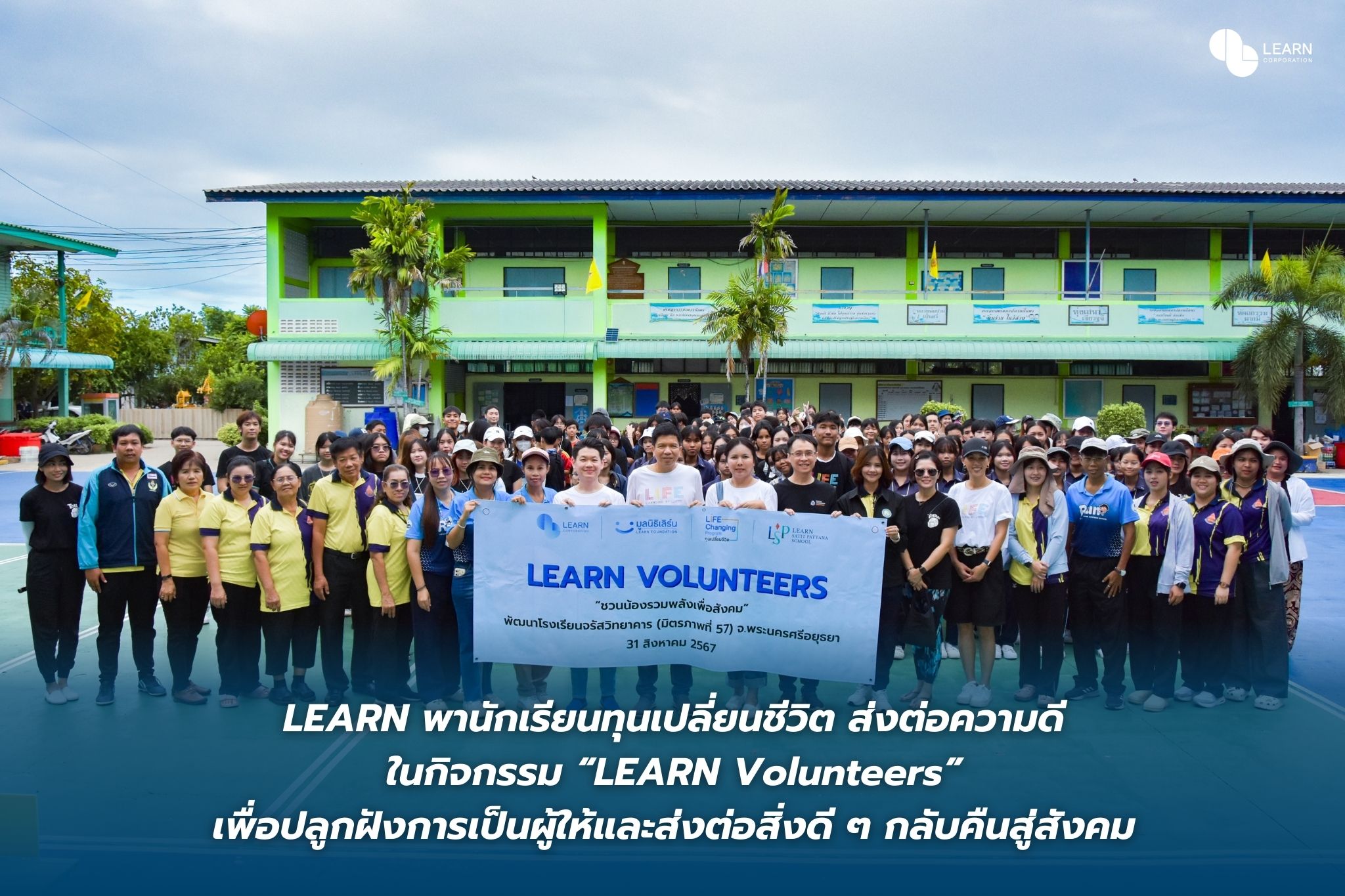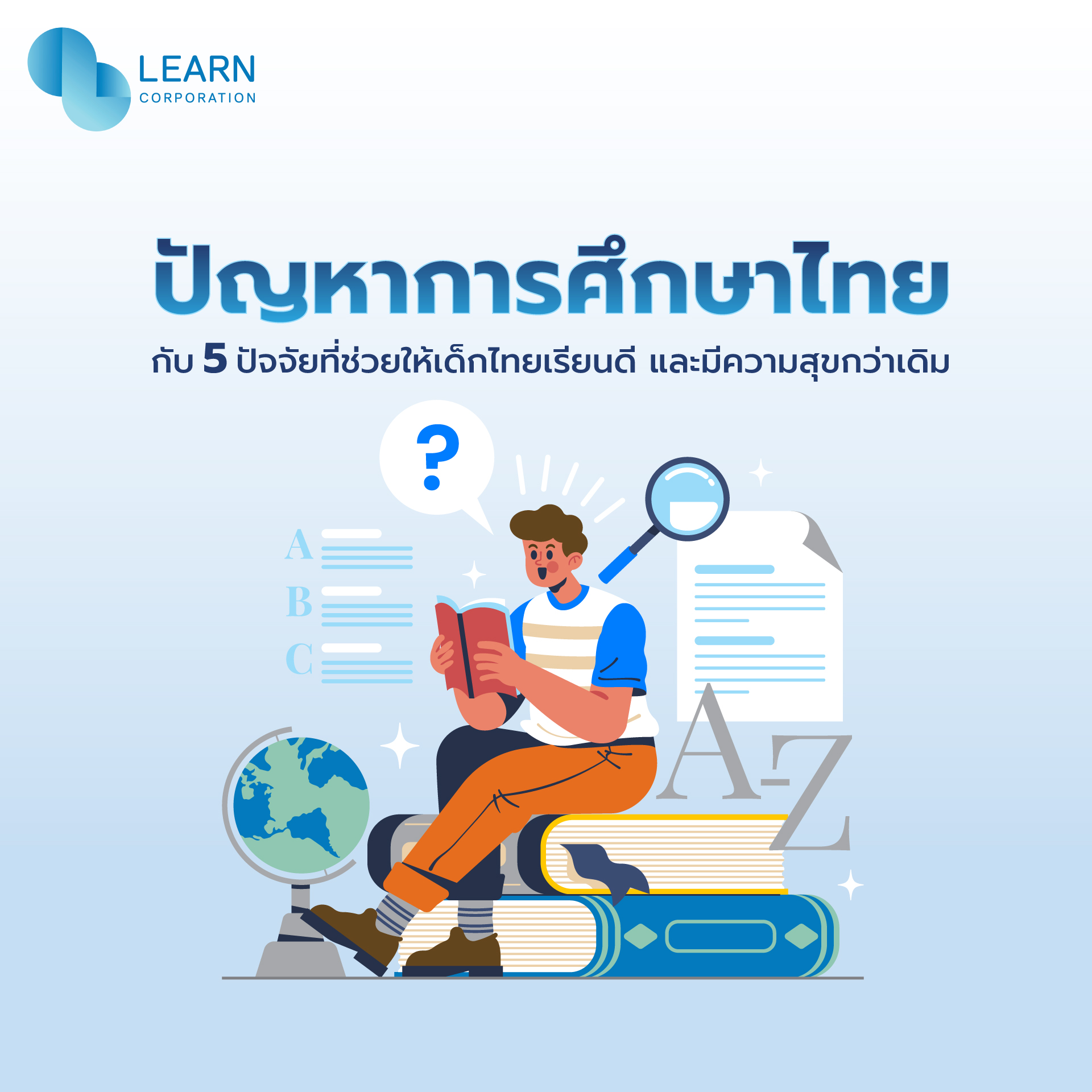P'Nhong suggested education is a solution for social and economic problems.

Mr. Sutee Assavavimol (P’ Nhong) is the Executive Director and Founder of Learn Corporation Co., Ltd., a leading educational organization in Thailand. As the organization having been providing Thai students with the opportunities and sustainable life-long learning innovations for over 15 years, its achievements include Learn Education’s blended learning solutions for teachers and students, the teacher training project ‘TrainKru’, the application helping students get into their dream universities named ‘TCASter’, and so forth.
From my own experience in the educational field, I think a very urgent issue nowadays is the fact that our country is undeniably facing social and economic crises. We, therefore, are supposed to use education as a tool to tackle the issues. In the past, most people probably thought that the products from education were rather hard to be seen in short term. However, if we manage it in a different way by applying suitable technology and the knowledge of data science to set out strategies, the education will surely satisfy the social and economic needs immediately even in short term.
“Let me give you some examples. First is taking care of children from the day they are still embryos to the age right before they go to school. The registration of antenatal care is open for every pregnant woman, and the seminar on how to take care of pregnancy and newborn babies is also provided, together with maternity allowance. After that, we use the fact that the mothers-to-be have to see the doctors every month for medical checkups as a tool to track them. Even after the babies are born, they are also given vaccinations and we can still track them by not receiving much support from the government. However, it works perfectly for every pregnant woman. This, furthermore, does not include medical allowance given to the mothers and their babies. The newborn babies will be registered in the system so as to track their development.”
Vocational education is another issue. “I think there should be training centers and recruitment into each industrial district. The government must support the establishment of the industrial districts and the factories in the districts need to work together. Then, there must be a survey of the needs of the factories in the districts and nearby areas for new employees in order to primarily analyze and expect the amount of workforce needed to be produced into the system and send the pull model to the vocational schools or regular schools whose students decide to move to vocational schools. The study program and fundamental skills are managed by the vocational schools as usual. However, the internship will be carried out at the factories in the industrial districts. Machines and equipment for working and training are supported by the government along with the aid of taxation mechanism. Also, this will help reduce the burdens of vocational schools in long term. About the undesired positions, the school will know naturally that the majors should be closed as even if it continues, the students will be unemployed somehow. On the other hand, they will automatically know what majors should open to serve the needs of the industries. The discipline and behavior of the students are also considered in the recruitment process. The database of the need for skilled workforce can also be gradually collected through this system and expanded to the labor markets outside the districts.
Both examples are the concepts to tackle the social and economic issues at the same time. Taking care of pregnant women is the foundation of early childhood development and family’s immunity. The fact that we focus on children and educate mothers has a direct impact on economical worthiness and social problem solving. For the vocational education, we put an emphasis on creating employment, building career structure, and subsidizing business owners. If education is aimed at tackling economic and social issues directly, the education itself will no longer be the problem.








